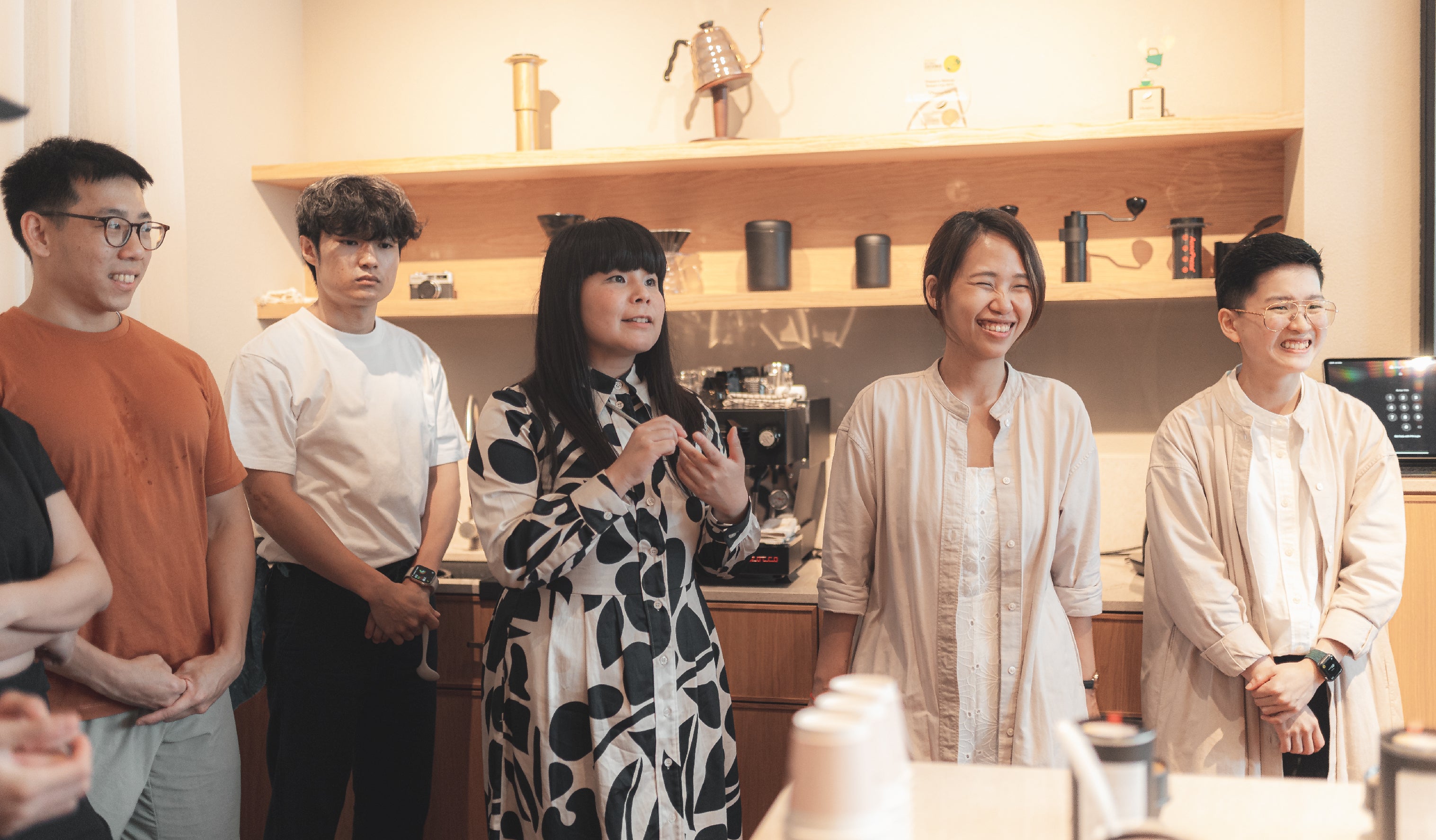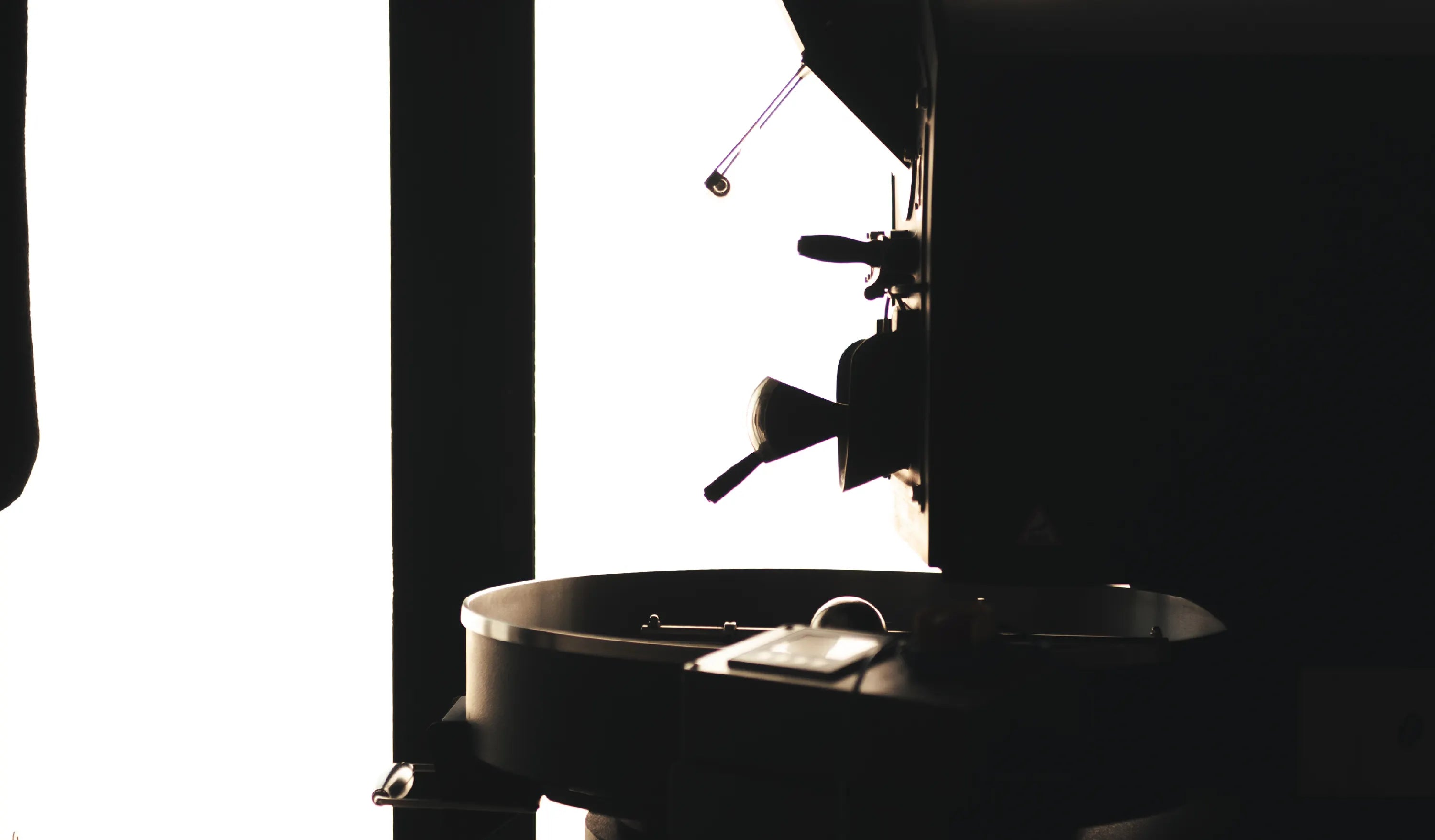Specialty coffee as we know it is produced all year round in many different countries today. We had previously written an entry on the seasonality of harvests across the year in common coffee-producing regions around the world, detailing the relative time in a year that a coffee is harvested before arriving at our shores to be roasted for coffee drinkers everywhere.
Specialty coffee, especially those of the arabica genus, grows best in subtropical and tropical climates at high altitudes, in places with sufficient rainfall (Illy and Viani, 2004). These conditions, present in almost all major coffee-growing regions, are what lend to the high quality, consistent production of coffee beans in these places. Yet, that is not to say that these areas are the only places that are able to grow coffees, including specialty coffee.
Increasing interest of coffee professionals and enthusiasts in exploring the effects of terroir on coffee quality have brought rise to a multitude of new regions and farms that explore the cultivation of high-quality coffee cherries. A combination of the latitude and altitude of a location can give rise to ideal coffee growing temperatures in places that we might not have otherwise thought to be suitable for growing coffee!
These exotic origins have piqued our interest, and while many are not new names in the specialty coffee world, these countries are not the ones that come to mind when we think about coffee production … up until now.
United States
Photo source: https://en.wikipedia.org/w/index.php?curid=33285428
The first of these regions is also the largest market in terms of coffee revenue – the United States of America.
Locally grown coffee in the region was most recently brought to the centre of attention by Elika Liftee of Onyx Coffee in his competition routine at the 2023 US Brewers Cup Competition just a while back. Elika chose a gesha from Goodland Organics, grown at 100-140 masl in Southern California, and placed highly respectably within the top 6 of the competition.
The fact that high-quality, specialty coffee was successfully produced in the US is nothing short of amazing.
The farm that produced the coffee sits at 34.4°N of the equator, almost a full 10°N above ideal climate of the “Bean Belt” where most of the world’s coffee is grown. Yet, it is because of this latitude, that Goodland Organics, along with the numerous other farms represented by FRINJ Coffee, can produce more delicate varietals such as gesha and laurina at such low altitudes!
Australia
Photo source: https://commons.wikimedia.org/w/index.php?curid=1993651
Home of the unofficial coffee capital of the world, Melbourne, it is only to be expected for Australia to also give a go at producing coffees of their own. While these coffees have not become widely known in the specialty coffee world, it is because even locally, the demand far outstrips supply. Australian-grown coffees generally carry a medium to low acidity, and a pleasant sweetness that some have likened to coffees of Brazilian origin.
The main varietals currently grown in Australia include the red and yellow Catuai, as well as K7. However, the vigour of Catuai and K7 make it hard for mechanical pickers to harvest coffees, especially in a costly labour environment like Australia, and local research is being conducted to explore the adoption of other varietals that may be better suited for production in the local terroir and given constraints.
Borrowing from the country’s well-established wine industry, the coffee industry also has unique processing practices, an example being ONA Coffee’s LOCAL series previously – a set of espresso and filter roasts made with coffee grown by Crater Mountain Coffee in Queensland, processed 50% with natural dried yeast and 50% with Lactobacillus bacteria.
Finland
Photo source: https://commons.wikimedia.org/w/index.php?curid=343054
A third country, Finland, which stands at the cutting edge of technological innovation in terms of growing coffee, has managed to scientifically grow coffee directly from coffee plant cells under controlled environments.
While not exactly coffee in the form of roasted beans ground into powder for brewing or extraction, the coffee grown by the team at the VTT Technical Research Centre of Finland through cellular agriculture is chemically coffee nonetheless, and posits for an exciting future for coffee growing in a country so far from the Bean Belt that it is more often associated with snow and cold weather – the very two things that just so happen to be the antithesis of ideal coffee growing conditions!
There are bound to be more unique coffee origins as the popularity of coffee continues to grow, and we can’t wait to taste them all.
Unique Coffee Origins
Journal article by Homeground Coffee Roasters.
Journal Archive

Milk in World Barista Competitions
An overview of milk concentration methods in coffee competition, focusing on freezing techniques that enhance milk's qualities for great coffee beverages.

How Coffee Cup Colours Affect Your Drinking Experience
Cross-modal perception of colours on the taste of coffee

Learning to enjoy more

Same Coffees Everywhere, All at Once
Why do local specialty coffee shops serve the same coffees?

A study of unexpected coffee production nations

A low down on using puck screens for espresso machines

